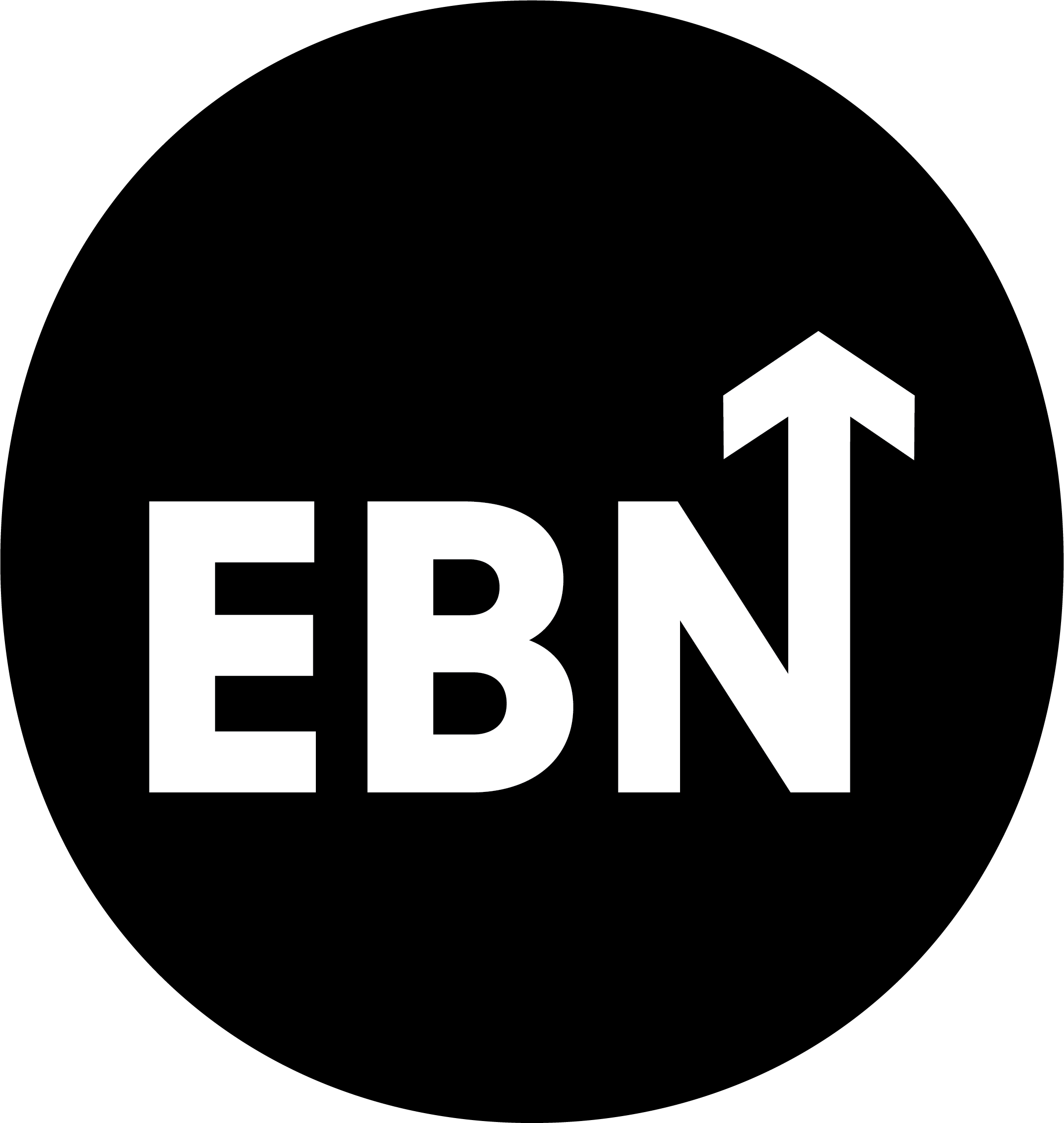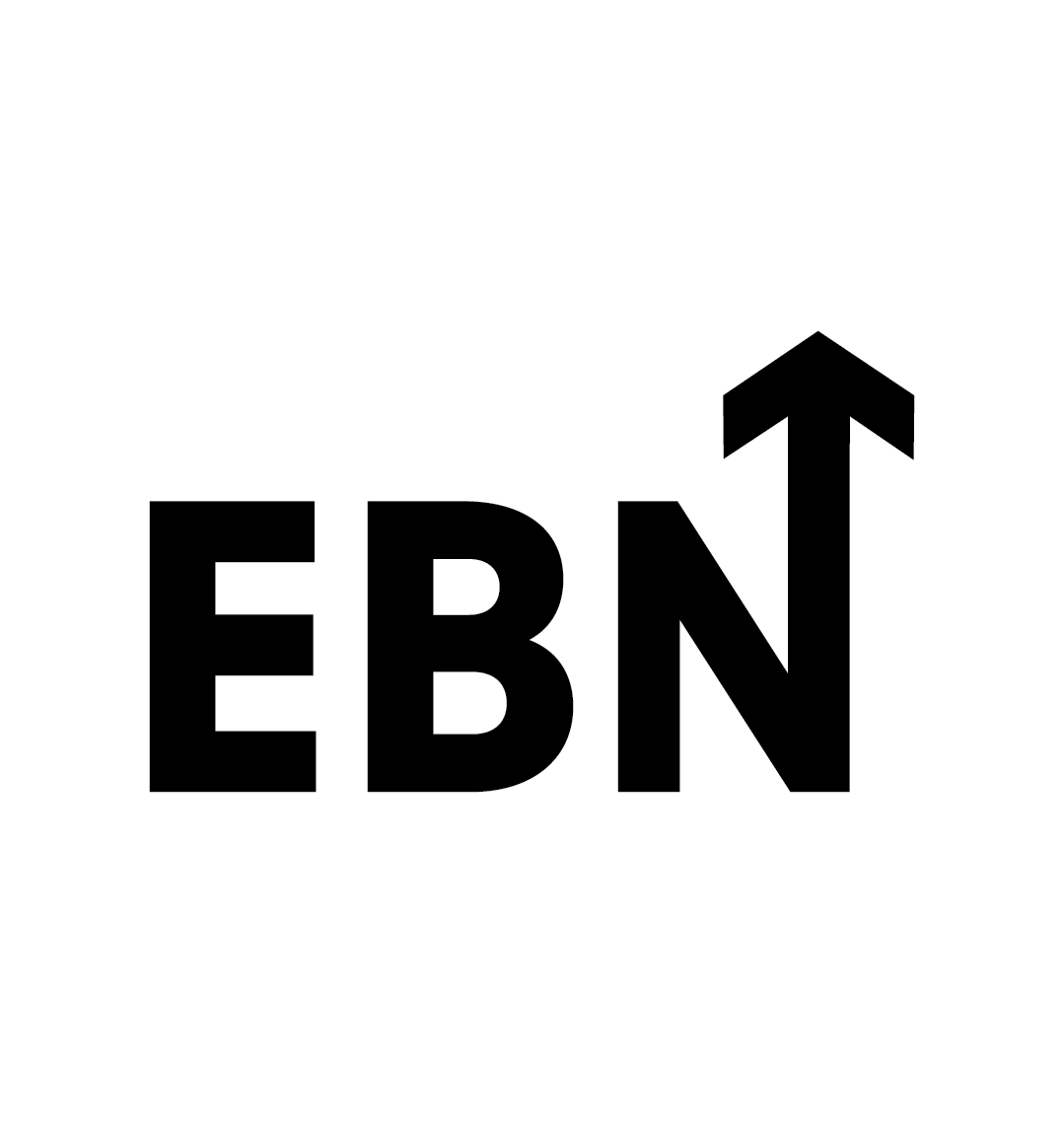What you’ll find
- Core concepts like employer brand, EVP, candidate experience and internal mobility
- Talent attraction and recruitment marketing terms including AI in recruiting, CRM and programmatic job ads
- Culture and EX language such as belonging, ERGs and moments that matter
- Metrics that matter in TA and HR like quality of hire, time to fill and eNPS
- Modern work trends including remote-first, RTO policy, coffee badging and job hugging
How to use this page
Search at the top or jump to a letter. Each definition is concise and practical. We update entries as language evolves.
Last updated: 6 November 2025


